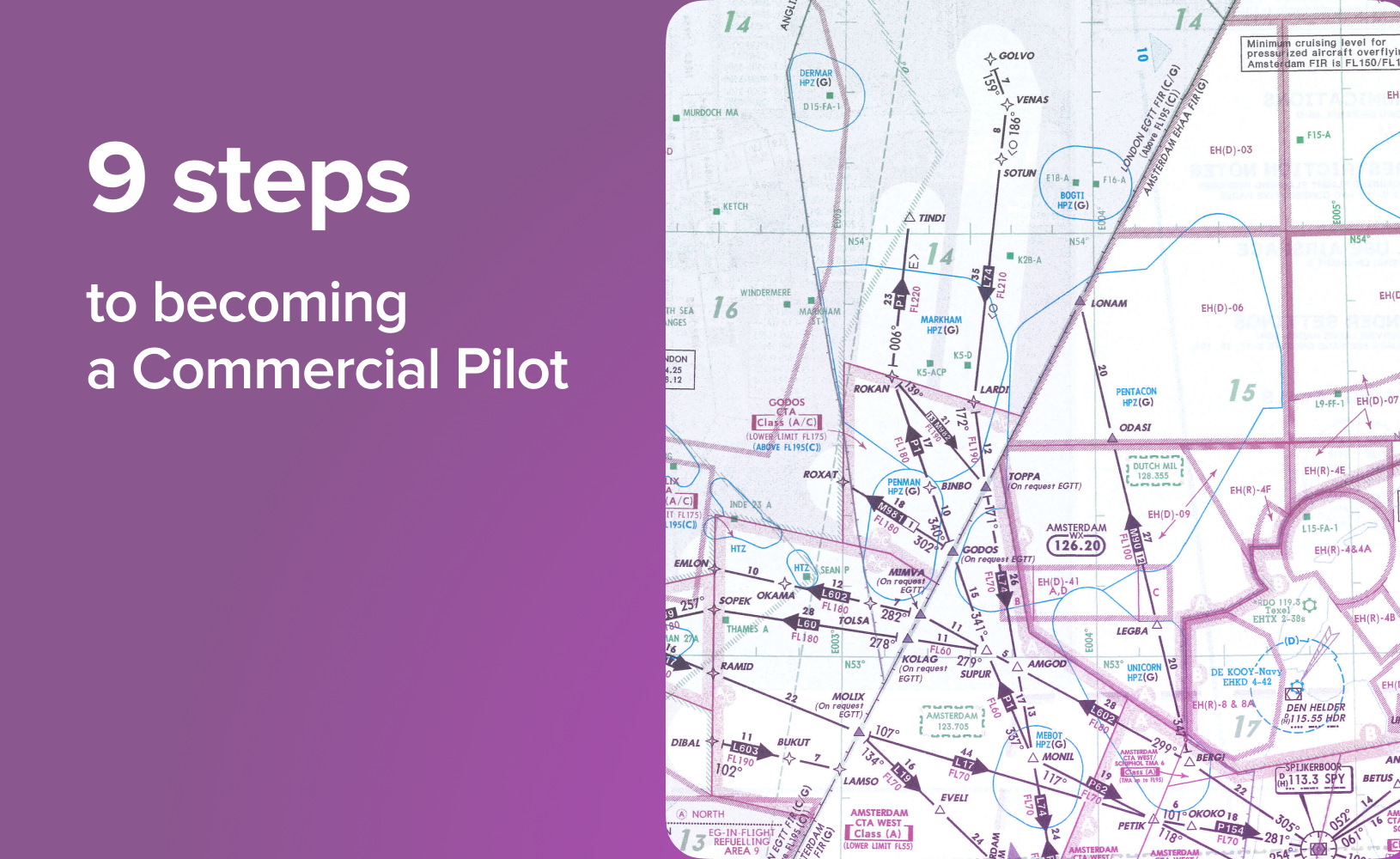Sky Giants: 5 Biggest Planes Ever Made

Aviation has always been about pushing boundaries, but some aircraft take it to a whole new level—monstrous flying machines designed to carry immense payloads, launch spacecraft, or transport hundreds of passengers across the globe. These sky giants are essential to global transportation, military logistics, and space exploration.
But what truly makes an aeroplane “big”? Are we measuring length, wingspan, passenger capacity, or sheer weight? For this list, we focus on Maximum Take-off Mass (MTOM)—the absolute heaviest an aircraft can be at take-off, including fuel, cargo, passengers, and crew. This method provides a true measure of these flying titans' capabilities, highlighting the aircraft that not only dominate the skies in size but also functionality.
Now, let’s dive into the world of aviation’s largest, most powerful aircraft—the true giants of the sky.
Airbus Beluga XL

General Characteristics
First Flight: 19 July 2018
Entered Service: January 2020
Length: 207 ft / 63.1 m
Wingspan: 198 ft / 60.3 m
Cargo Volume: 2,209 cubic meters
Maximum Take-off Mass (MTOM): 500,449 lbs / 227,000 kg
Engines: 2 × Rolls-Royce Trent 700 turbofans
Range: 2,485 mi / 4,000 km with a full payload
Some aircraft turn heads wherever they go, and the Airbus Beluga XL is undoubtedly one of them. With its massive, whale-like fuselage and unmistakable smiling nose, this aircraft isn’t just a marvel of engineering—it’s a symbol of Airbus’ ingenuity and dedication to efficiency. The Beluga XL is critical in modern aircraft manufacturing and is designed to transport large aircraft components between Airbus production sites. Airbus employees in a public vote chose the aircraft's playful, smiling livery.

Nicknamed after the beluga whale due to its bulbous forehead and distinctive shape, the Beluga XL was developed to replace the original Beluga ST, offering 30% more payload capacity. The Beluga XL can carry two Airbus A350 wings at once. This improvement significantly enhances production efficiency, allowing Airbus to move parts between its European assembly lines faster than ever before.

While the aircraft looks unique, it is a modified Airbus A330-200F. Airbus engineers reinforced the fuselage, expanded the cargo bay, and added a distinctive lowered cockpit, allowing cargo to be loaded directly through the front without disturbing flight systems.
Live your pilot dreams with our ultimate bucket list of 10 must-fly aircraft. Check them out here!
Boeing 747-400 LCF Dreamlifter

General Characteristics
First Flight: 9 September 2006
Entered Service: 2007
Length: 235 ft / 71.7 m
Wingspan: 211 ft / 64.4 m
Cargo Volume: 1,840 cubic meters
Maximum Take-off Mass (MTOM): 803,001 lbs / 364,235 kg
Engines: 4 × Pratt & Whitney PW4062 turbofans
Range: 4,200 nautical miles / 7,800 km
If the Airbus Beluga XL is the friendly giant of European skies, then Boeing’s 747-400 Large Cargo Freighter (LCF) Dreamlifter is its American counterpart. This true mega haulier was built to transport massive aircraft components across continents. With its humped fuselage and oversized cargo bay, the Dreamlifter is a one-of-a-kind logistics powerhouse, playing a critical role in the assembly of Boeing’s most advanced aircraft.

The Dreamlifter is a heavily modified Boeing 747-400. Engineers took the already massive 747, expanded its fuselage by 65,000 cubic feet, and added the largest cargo hold of any aircraft in the world.
One of the Dreamlifter’s most impressive features is its swing-tail cargo door, which opens the entire rear fuselage to allow easy loading of Boeing 787 Dreamliner wings, fuselage sections, and other oversized parts.

Powered by four Pratt & Whitney PW4062 engines, the Dreamlifter boasts a longer range than the Beluga XL, covering nearly twice the distance. This makes it ideal for Boeing’s transcontinental logistics needs, delivering parts from Asia and Europe to the U.S. without refuelling.
Explore the legacy of Boeing. Discover the revolutionary aircraft that have shaped modern aviation in our latest blog A Rise of Boeing: Planes That Changed the World.
Antonov An-225 Mriya

General Characteristics
First Flight: 21 December 1988
Entered Service: 1989
Length: 275 ft / 84 m
Wingspan: 290 ft / 88.4 m – The widest of any operational aircraft
Cargo Volume: 1,300 cubic meters
Maximum Take-off Mass (MTOM): 1.41 million lbs / 640,000 kg – The heaviest aircraft ever built
Engines: 6 × Progress D-18T turbofan engines
Range: 9,570 miles / 15,400 km empty and 2,500 miles / 4,000 km with max payload Payload Capacity: 550,000 lbs / 250,000 kg – The largest of any aircraft in history
Long before the Airbus Beluga XL and Boeing Dreamlifter dominated the skies as oversized cargo transporters, there was one aircraft that stood in a league of its own — the Antonov An-225 Mriya. The name “Mriya” means “Dream” in Ukrainian, and for aviation enthusiasts, this aircraft truly was a dream turned into reality.

Designed in the Soviet era to carry the Buran space shuttle, the An-225 later became the world’s heaviest and longest aircraft, capable of transporting record-breaking payloads across continents. Its sheer size, power, and engineering marvel earned it a legendary status that no other cargo aircraft has matched.
After the collapse of the Soviet Union, the Buran program was discontinued, and the An-225 found a new role — transporting record-breaking loads. It became the go-to aircraft for moving heavy machinery, industrial equipment, power generators, and locomotives.
The An-225 held more aviation world records than any other aircraft, including:
Heaviest aircraft ever built (640,000 kg MTOM).
Largest cargo payload ever transported by air (250,000 kg).
Longest aircraft in the world (84 m).
Widest wingspan of any operational aircraft (88.4 m).

Sadly, in February 2022, during the early days of the Russia-Ukraine conflict, the An-225 was destroyed at Hostomel Airport (GML) in Ukraine. The aviation community mourned the loss of this one-of-a-kind aircraft, as it was the only operational An-225 ever built. However, hope remains. Antonov has stated plans to rebuild Mriya using surviving parts and components from a second, unfinished An-225 airframe. The dream may not be over yet.
Build a solid foundation for your Aircraft General Knowledge studies with our blog From Nose to Tail: Aircraft Parts and Their Functions. We break down aircraft components.
Scaled Composites Stratolaunch
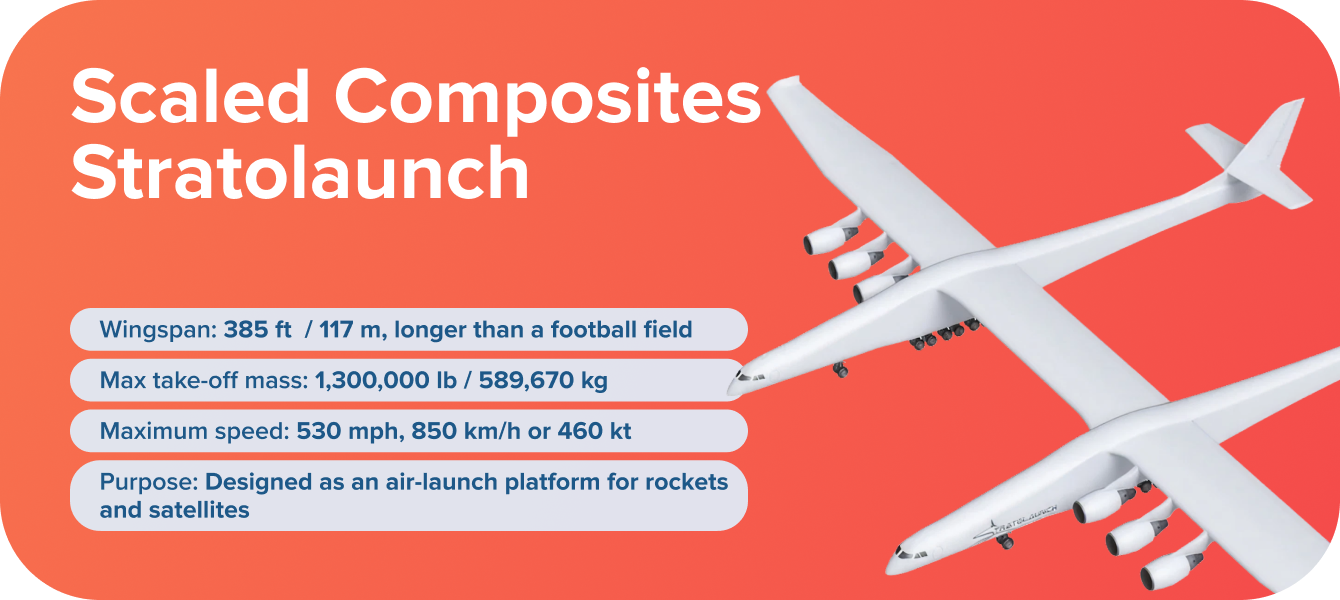
General Characteristics
First Flight: 13 April 2019
Entered Service: Still in testing
Length: 238 ft / 73 m
Wingspan: 385 ft / 117 m – The largest in aviation history
Maximum Take-off Mass (MTOM): 1.3 million lbs / 589,670 kg
Engines: 6 × Pratt & Whitney PW4056 turbofans (from Boeing 747s)
Range: 2,300 miles / 3,700 km
Primary Role: Air-launching rockets into space
When it comes to gigantic aircraft, few compare it to the Scaled Composites Stratolaunch Model 351. This twin-fuselage behemoth holds the record for the widest wingspan of any aircraft ever built. The Stratolaunch represents a bold vision for the future of spaceflight — one where rockets don’t need traditional launchpads but instead can be deployed directly from the sky.
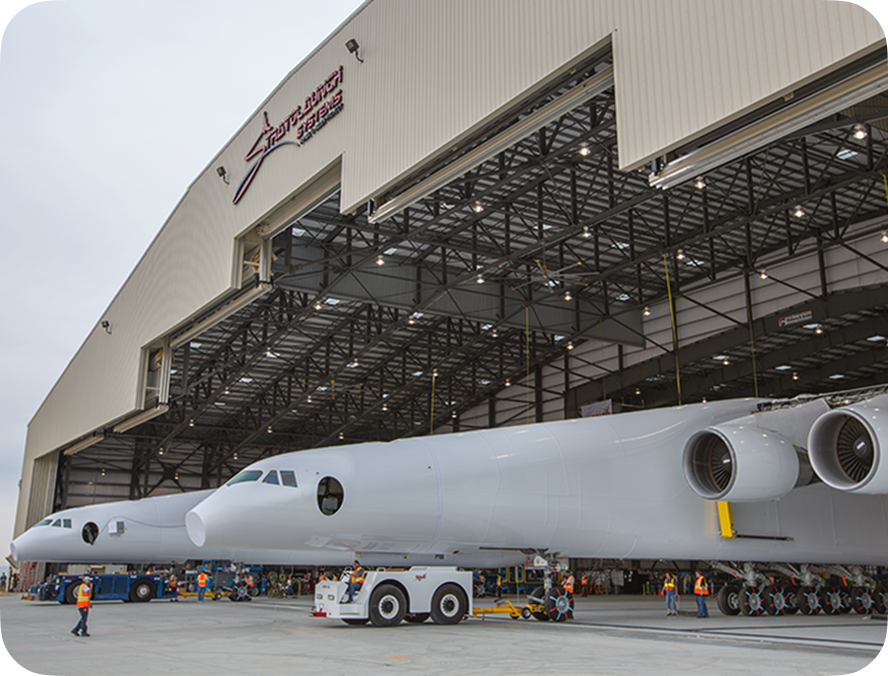
The Stratolaunch has two fuselages, similar to two Boeing 747s fused. The right fuselage houses the cockpit and avionics, where the pilots control the aircraft. The left fuselage is unpressurised and mostly used for structural support. The rocket payload is carried in the middle, suspended beneath the central wing.
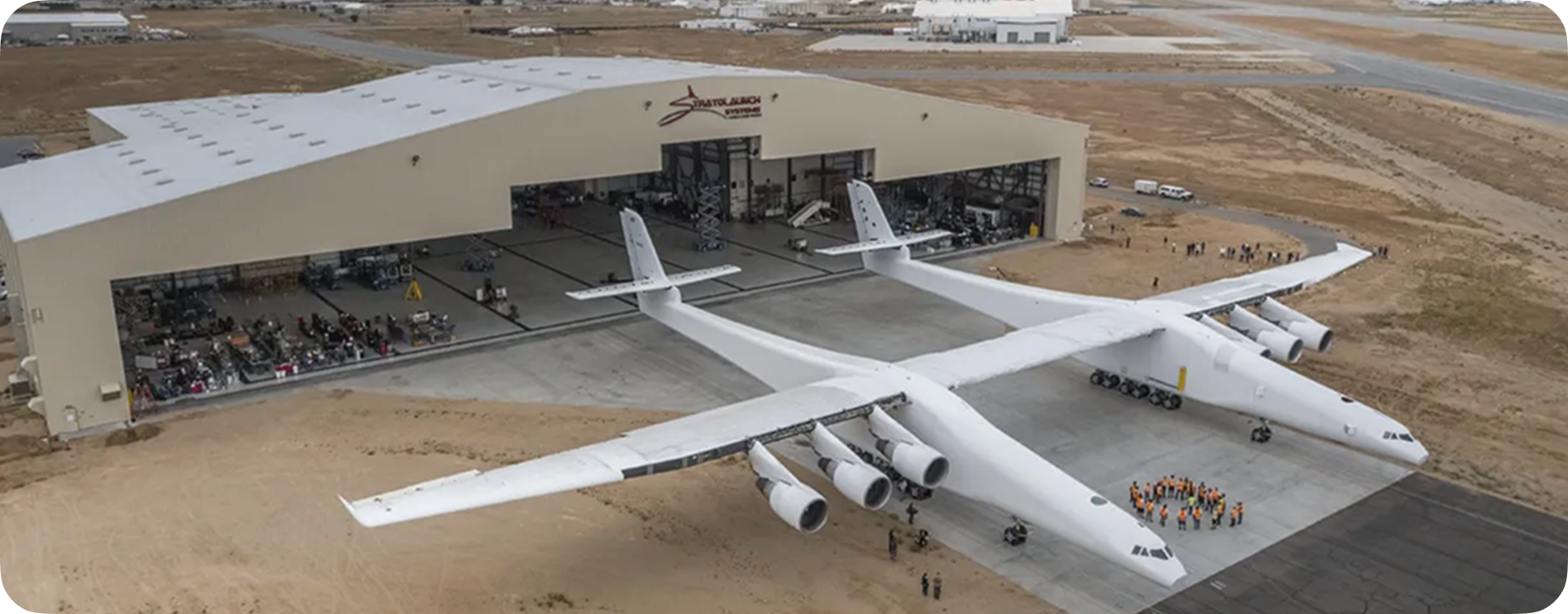
Although the Stratolaunch Model 351 made a successful first flight in 2019, its original plan to launch Pegasus XL rockets into orbit was later abandoned. The aircraft is now being used to carry and deploy the Talon-A, a hypersonic test vehicle designed for speeds above Mach 5 (6,100 km/h or 3,800 mph). Many experts believe that as commercial spaceflight expands, Stratolaunch could eventually return to its original goal of launching payloads into orbit. With companies like SpaceX and Blue Origin driving innovation, demand for flexible, airborne launch platforms may grow.
Prepare for take-off! Explore The 10 Extreme Airport Landings Worldwide on our blog – landings that will leave you on the edge of your seat.
Airlander 10
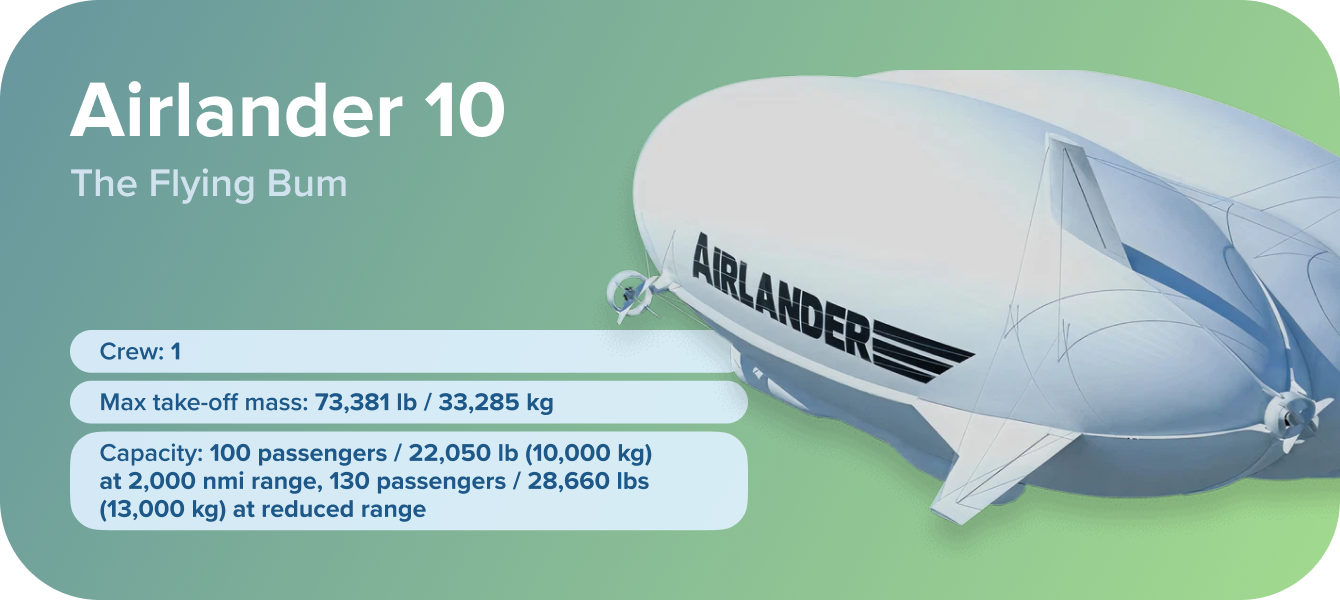
General Characteristics
First Flight: 17 August 2016
Planned Entry into Service: 2026
Length: 302 ft / 92 m – Longer than any aircraft in the world
Wingspan: 143 ft / 43.5 m
Maximum Take-off Mass (MTOM): 44,100 lbs / 20,000 kg
Engines: 4 × Thielert Centurion 325 HP diesel engines (planned hybrid-electric version in development)
Endurance: Up to 5 days in the air (unmanned) / 3 days with a crew
Primary Role: Cargo, tourism, surveillance, humanitarian missions
When we think of giants in the sky, we often picture massive jets like the Boeing 747 or cargo behemoths like the Antonov An-225. But one aircraft defies traditional categories — the Airlander 10, a hybrid airship that combines the best elements of aeroplanes, helicopters, and blimps. Designed to be ultra-efficient, ultra-quiet, and capable of landing almost anywhere, the Airlander 10 isn’t just another aircraft — it’s a revolutionary concept that could reshape the future of flight.

The Airlander 10 is a hybrid aircraft, meaning it doesn’t rely solely on buoyancy like traditional airships or aerodynamic lift like aeroplanes. Instead, it uses a combination of:
Helium lift – Provides 60% of the lift, reducing fuel consumption.
Aerodynamic lift – The aircraft's shape generates additional lift as it moves forward.
Thrust from four engines – Helps with take-off, cruise, and manoeuvrability.
This combination makes it to fly longer, land almost anywhere, and operate with incredibly low fuel consumption compared to traditional aircraft.

Unlike conventional aeroplanes, the Airlander 10 doesn’t need a runway. It can take off and land on water, ice, sand, or even unprepared fields, making it ideal for remote areas, disaster relief, and eco-tourism.
The hybrid lift system dramatically reduces fuel consumption, making it one of the most environmentally friendly aircraft ever designed. A planned electric-hybrid version will make it even greener, reducing carbon emissions by up to 90% compared to traditional aircraft.
With the ability to stay airborne for up to 5 days, the Airlander 10 is perfect for military surveillance, border patrol and monitoring of remote regions, disaster relief and humanitarian aid.

Explore 11 stunning airports celebrated for their design and functionality. Read our blog post Where Beauty Meets Efficiency.
Airhead's Takeaway
From the Airbus Beluga XL to the colossal Antonov An-225 Mriya, these engineering marvels, each a testament to human ingenuity, push the boundaries of aviation and redefine what's possible in air transportation. Whether it's transporting oversized cargo, conducting scientific research, or simply capturing the imagination of the world, these giants of the sky continue to inspire and amaze.
































